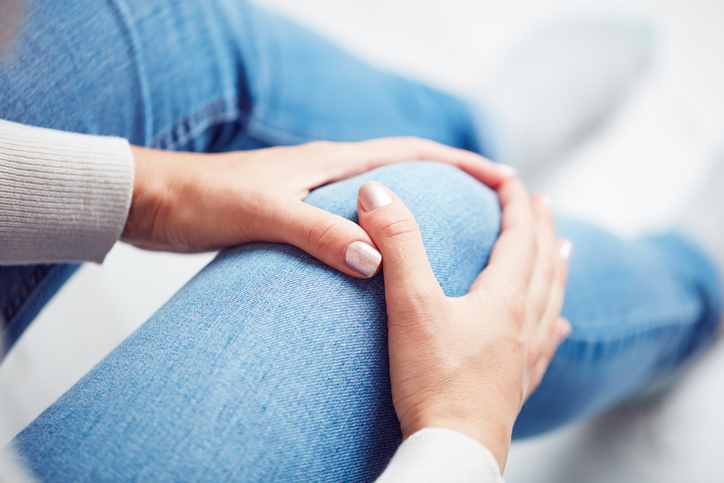Knee Pain
Conditions
What is Knee Pain?
Knee pain may be the result of an injury, for example, crtilage or ligamentter tear. Medical conditions such as gout, arthritis, and infections can also be the cause.
To help relieve knee pain, pysical therapy or knee braces may be required. Many types of minor knee pain respond well to home care treatments. However, your knee may require surgery.

What are the Symptoms of Knee Pain?
Signs and symptoms that sometimes go along with knee pain:
- Constant ache
- Sharp, shooting pain when in use
- Swelling and stiffness
- Dull burning discomfort
- Weakness or instability
- Crunching/Popping
- Limited range of motion
What Causes Knee Pain?
Acute Injury
Medical Conditions
Such as rheumatoid arthritis, osteoarthritis, or infections.
Overuse Conditions
Such as osteoarthritis, chondromalacia, IT band syndrome, patellar syndromes, tendinitis, or bursitis.
Common Causes
ACL injure – An anterior cruciate ligament injury is the over-stretching or tearing of the ACL in the knee. A tear may be partial or complete.
Torn meniscus – A torn meniscus occurs because of trauma caused by forceful twisting or hyper-flexing of the knee joint.
Knee bursitis – Some knee injuries cause inflammation in the bursae, the small sacs of fluid that cushion the outside of your knee joint so that tendons and ligaments glide smoothly over the joint.
Patellar tendinitis – Occurs when the patella tendon is overstressed, which can happen when jumping or landing heavily.
Mechanical Problems
Loose body – Sometimes injury or degeneration of bone or cartilage can cause a piece of bone or cartilage to break off and float in the joint space. This may not create any problems unless the loose body interferes with knee joint movement, in which case the effect is something like a pencil caught in a door hinge.
Iliotibial band syndrome – This occurs when the tough band of tissue that extends from the outside of your hip to the outside of your knee (iliotibial band) becomes so tight that it rubs against the outer portion of your femur. Distance runners and cyclists are especially susceptible to iliotibial band syndrome.
Hip or foot pain – If you have hip or foot pain, you may change the way you walk to spare these painful joints. But this altered gait can place more stress on your knee joint. In some cases, problems in the hip or foot can cause knee pain.
Types of Arthritis
More than 100 different types of arthritis exist. The varieties most likely to affect the knee include:
Osteoarthritis – Sometimes called degenerative arthritis, osteoarthritis is the most common type of arthritis. It’s a wear-and-tear condition that occurs when the cartilage in your knee deteriorates with use and age.
Rheumatoid arthritis – The most debilitating form of arthritis, rheumatoid arthritis is an autoimmune condition that can affect almost any joint in your body, including your knees. Although rheumatoid arthritis is a chronic disease, it tends to vary in severity and may even come and go.

How can knee pain be treated?
Platelet-rich plasma (PRP) injection contains a concentration of many different growth factors that appear to reduce inflammation and promote healing. These types of injections tend to work better in people whose knee pain is caused by tendon tears, sprains or injury.
Stem Cell Therapy for knees is minimally invasive. It’s a procedure that can decrease inflammation, slow and repair all these forms of damage from arthritis, and delay or prevent knee replacement surgery
Microcurrent Therapy helps injured tissue heal faster and provides relief from pain caused by injury or chronic conditions. Your body has a natural electrical current that provides intercellular communication through electromagnetic signaling. When you have an injury, this signaling is disrupted or diminished. Without the proper electromagnetic signals, your cells cannot do their job efficiently.
